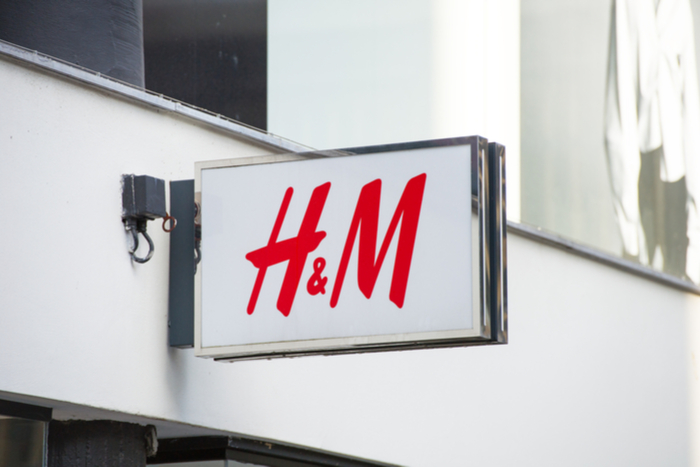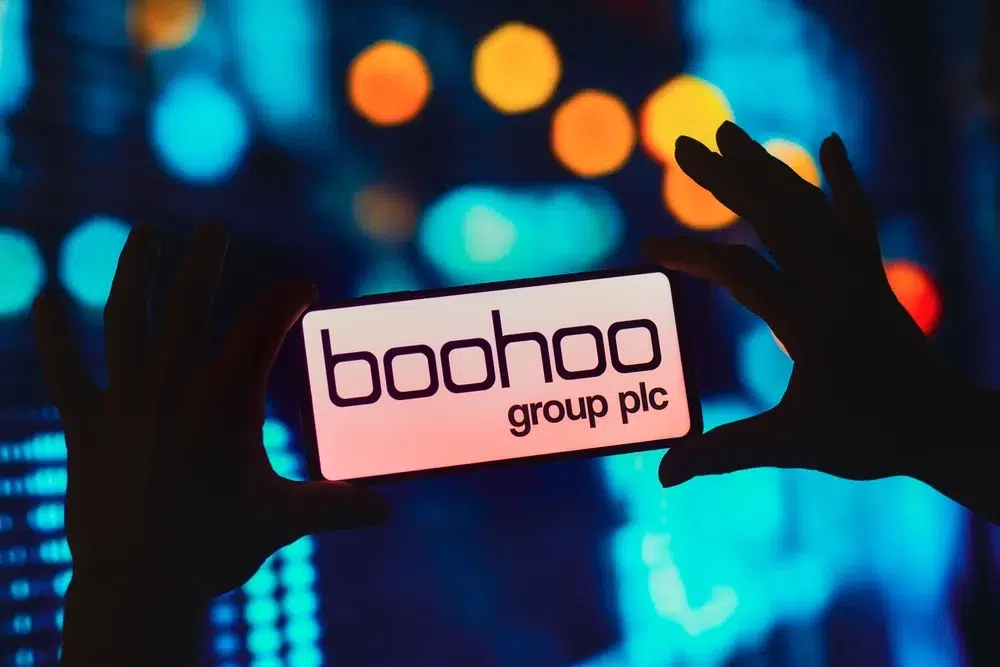// H&M chairman Stefan Persson to step down after more than 20 years at the retail giant
// He will be succeeded by H&M Group CEO Karl-Johan Persson & CFO Helena Helmersson is promoted to CEO
// H&M also revealed an increase in full-year gross profit and net sales
H&M Group has revealed a major shake-up of its leadership team as chairman Stefan Persson steps down after more than 20 years in the role.
The news comes amidst H&M’s full-year trading update, in which Persson said he would be standing for re-election as chairman at H&M’s AGM on May 7.
The Swedish retail giant said Persson will be succeeded by his son and H&M Group chief executive Karl-Johan Persson.
Meanwhile, H&M chief operating officer Helena Helmersson has been promoted to chief executive of the H&M Group, effective today.
READ MORE:
- H&M to investigate slave labour allegations
- H&M quarterly sales rise 9%
- H&M buys majority stake in resale giant Sellpy
Helmersson started at H&M in 1997 as an economist in the buying department before working her way up to sustainability manager for five years.
She has been chief operating officer for just over a year with responsibility for expansion, logistics, production, IT, advanced analytics and AI, and insights and analytics.
Stefan Persson is the son of Erling Persson, who founded H&M in 1947.
He took over the company from his father in 1982 and served as its boss until 1998, when he became chairman.
Persson’s son Karl-Johan joined H&M in 2005, first in an operational role before working his way up to head of expansion and head of business development in 2007.
He was appointed chief executive in 2009 to replace Rolf Eriksen.
The Persson family has an estimated 47 per cent stake, along with 74 per cent voting rights, in the H&M Group – which owns fashion retailers Arket, Monki, Weekday, & Other Storie, Cos and the eponymous H&M flagship chain.
Persson said his son’s succession as chairman was “a natural change”.
“I will continue to be a committed owner, just as today, but from a different position,” he said.
“In addition, the timing is favourable for making this change now since we have gradually improved profits and have a strong position with many well-established brands, millions of customers worldwide and good financial strength.
“We have moved from one brand to become a multi-brand company with today nine brands.
“In recent years, we have made substantial and necessary investments in our joint group infrastructure – mostly in logistics, tech, data and AI – investments that now are starting to pay off in terms of increased customer satisfaction, sales and profits.”
Meanwhile, H&M Group’s full-year report showed a year-on-year increase in gross profit to 122.5 billion kronor (£9.7 billion) between December 1, 2018 and November 30, 2019.
Its gross margin was 52.6 per cent.
Net sales saw an uptick of 11 per cent year-on-year 232.8 billion kronor (£18.57 billion), which was credited to more full-price sales, lower markdowns and increased market share.
For its fourth quarter alone, H&M Group’s sales grew nine per cent 61.7 billion kronor (£4.9 billion) – or a five per cent rise in local currencies.
Meanwhile, quarterly profit after financial items surged by 24 per cent to 5.4 billion kronor (£430 million).
“The H&M group’s transformation work continues to bear fruit,” Karl-Johan Persson said.
“Increased full-price sales and decreased markdowns contributed to an improvement in profit for the full year and in the fourth quarter, when we achieved a 25 per cent increase in operating profit while maintaining a high level of activity in our transformation work.
”It is clear from our well-received collections and increased market share that customers appreciate the initiatives we have taken.
“The composition and level of the stock-in-trade continue to improve, and we expect a decrease in markdowns again in the first quarter – for the sixth successive quarter.
“In view of the ongoing transformation of fashion retail, we have been making significant and necessary investments for several years to secure the H&M group’s position and long-term development.
“Among other things, we have invested in digitalisation, a more efficient supply chain – including new logistics centres and logistics systems – and in tech infrastructure, advanced analytics and AI.
“We are now seeing multiple positive effects of these initiatives, providing resources and support for our continued transformation work.”
H&M Group said in 2020, it plans to open around 200 new stores, and close around 175.
Most of the store openings will be in South America, Russia, Eastern Europe and Asia – excluding China – while the closures will take place mainly in Europe, the US and China.
The fashion retailer recently struck an agreement with a new franchise partner in Central America, where the first H&M store is expected to open in Panama by the year’s end.
It also plans to launch an H&M website in Australia, and introduce the brand on South Korean ecommerce platform SSG.com.
Click here to sign up to Retail Gazette‘s free daily email newsletter


















